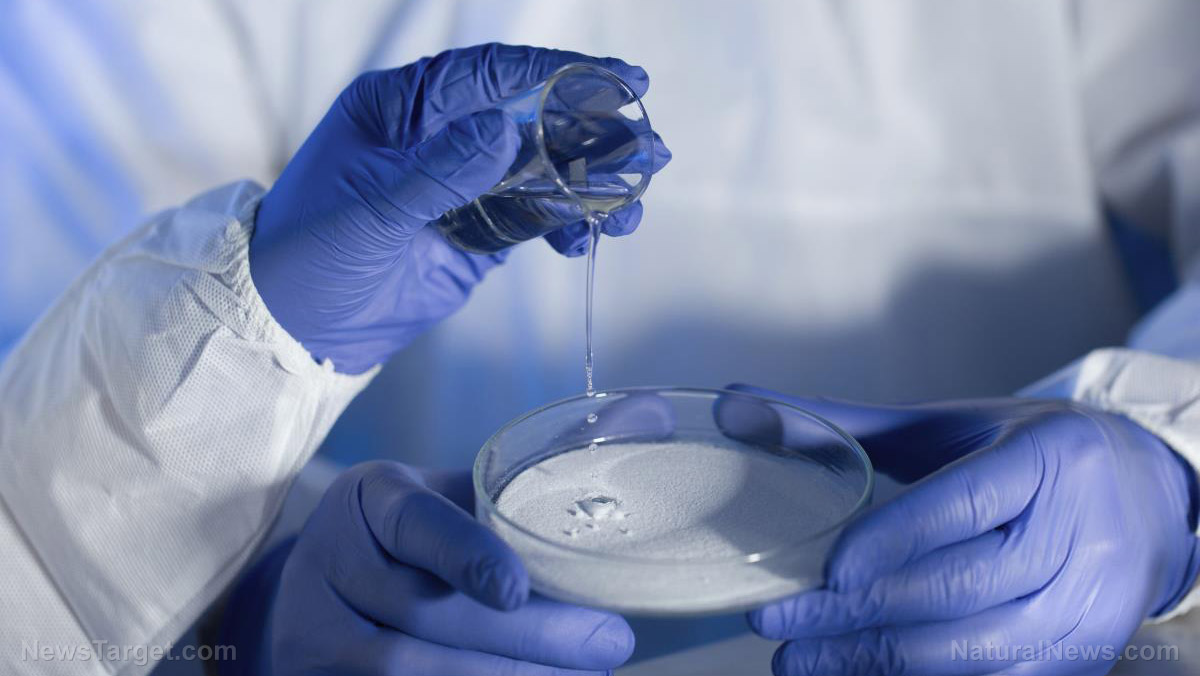
According to HPV experts from the University of Glasgow, it works by delivering a precise and controlled low-energy dose that elevates the temperature of a few select tissues. Highly restricted cell destruction occurs, with infected tissue being included in the process. Healing then begins almost immediately.
The device has already proven its efficacy against verrucas. Also known as plantar warts, verrucas appear on the soles of the feet and can be caused by the HPV virus. Over 10,000 verrucas cases have been treated in the U.K. since 2017. Now, researchers are attempting to gauge whether or not the same level of success will happen with precancerous issues relating to HPV, particularly cervical precancerous cells and genital warts. Additionally, they will also look into the effects of microwaves on living tissues infected with the virus.
Compared to current treatments for cervical precancerous cells, the device presents a much safer alternative. Diseased tissue is typically removed through laser surgery. Although effective, this procedure is painful and has numerous risks. There’s a chance that diseased tissue may be missed during the course of treatment, and can even lead to sustained bleeding. On the other hand, using a microwave system requires little more than using mild heat in a non-invasive manner. (Related: Cervical cancer is killing African American women at twice the previously reported rate in spite of the HPV vaccine.)
Professor Sheila Graham, professor of molecular virology at the MRC-University of Glasgow Centre for Virus Research, spoke of the tests with the device. "We plan to assess if the device can disrupt HPV and whether there is an effect on HPV-infected precancerous and cancerous tissues The project will validate the microwave device’s clinical potential but will also shed new light on how HPV-associated diseases arise," she said. "We are delighted to be working with Emblation to test their microwave device."
Director of Research and Development at Emblation, Dr. Matt Kidd, chimed in with: "This project is an exciting opportunity to further our knowledge and understanding of microwave interactions with diseased tissue. Our device has the potential to address the challenges associated with the treatment of precancerous conditions of the cervix, and the funding from Innovate UK has been crucial in allowing us to work with the experts at the University of Glasgow. This research is a decisive next step in the evolution of our microwave technology platform."
On top of treating HPV, it’s believed that the microwave system may see use in medical fields beyond that for humans. Bovine papillomavirus (BPV) is a related disease that primarily affects cattle. Infected cows will typically develop warts on their skin and gastrointestinal tract. On rare occasions, these animals may suffer from cancer of the gastrointestinal tract and bladder. BPV can cause harm to horses and donkeys as well, causing equine sarcoids or skin tumors to grow in the animals. While largely benign and seldom fatal, equine sarcoids greatly diminish the value of a horse. As a result, equine sarcoids are the number one dermatological cause of horse euthanasia.
Fast facts about HPV
- Over 170 types of HPV have been identified so far. Of these types, 40 are spread through vaginal, oral, and anal intercourse.
- As per the U.S. Centers for Disease Control and Prevention, about 80 percent of sexually active people are liable to contract HPV before their 50s.
- Though rarer in men, they’re just as susceptible to HPV. If the virus persists in them, they can eventually develop cancer of the throat, penis, or anus.
- Because HPV can be transmitted through oral sex, practicing good oral hygiene greatly decreases the risk of infection. In fact, a study of 3,500 people found that individuals who had poor oral health were 56 percent more likely to catch HPV than those whose teeth and gums were in excellent shape.
Stay up-to-date on this topic by going to Health.news.
Sources include:
Please contact us for more information.























